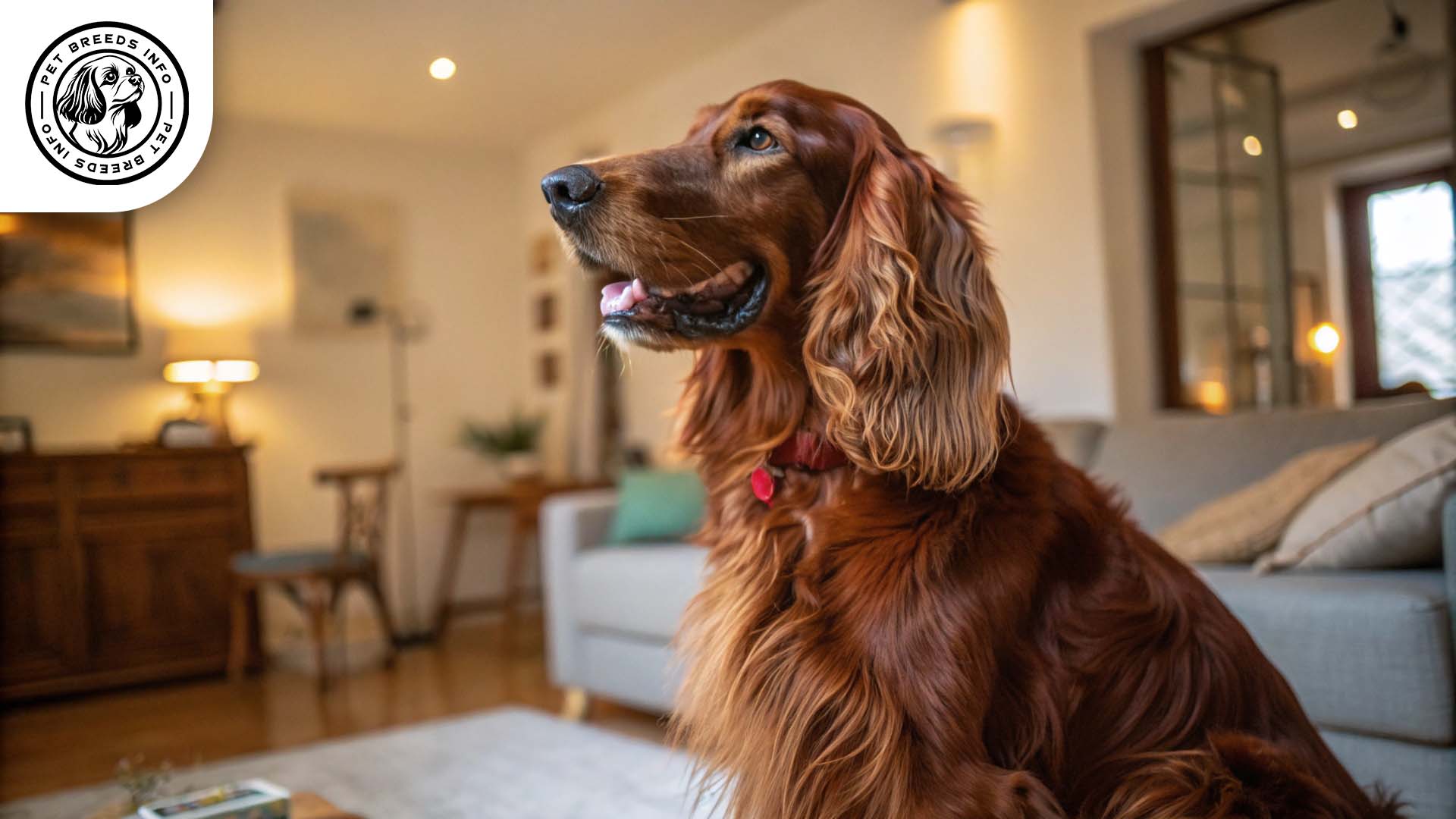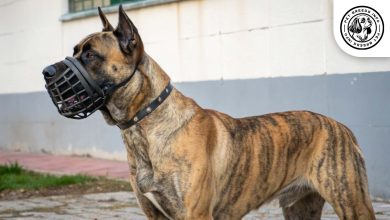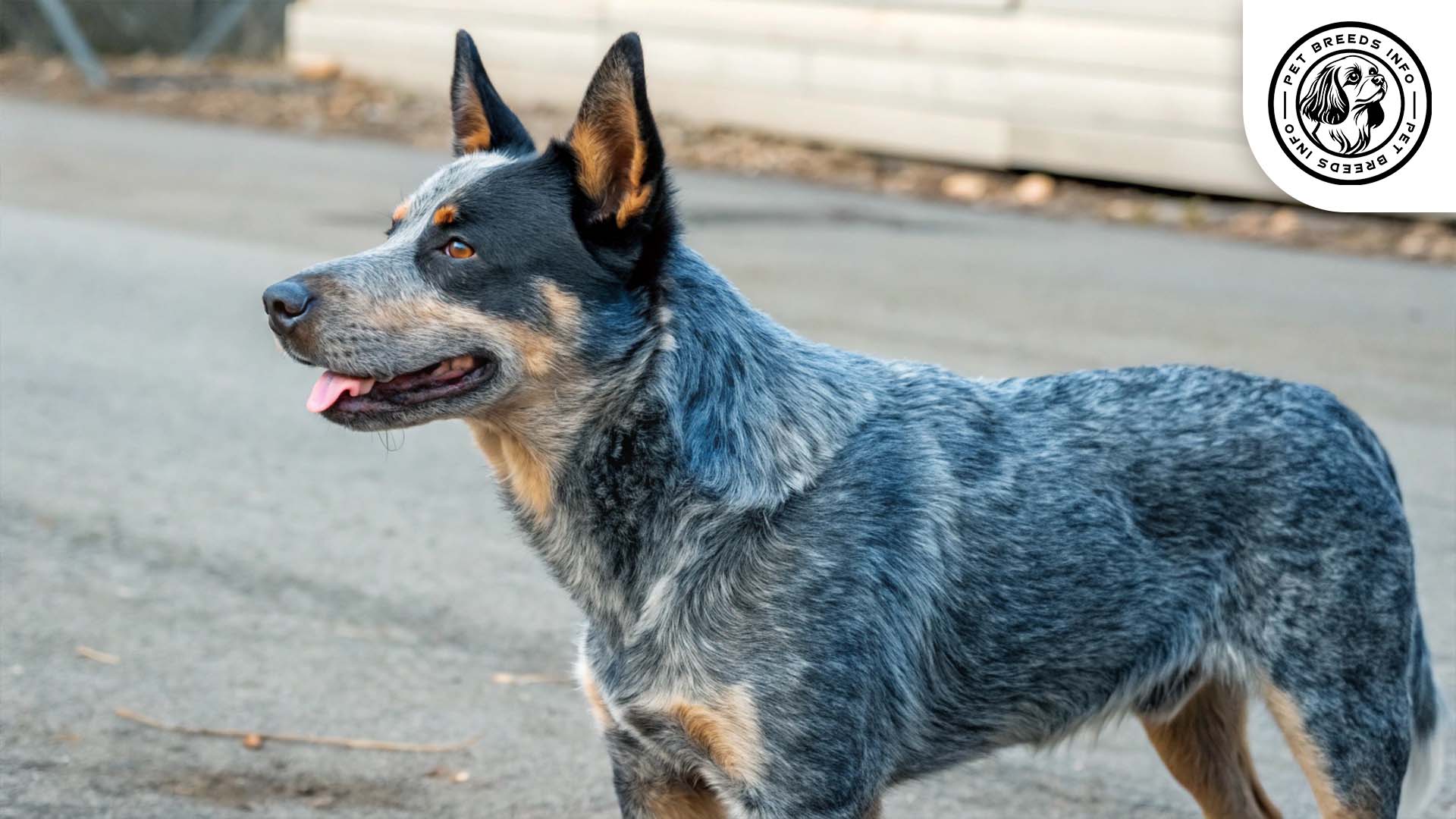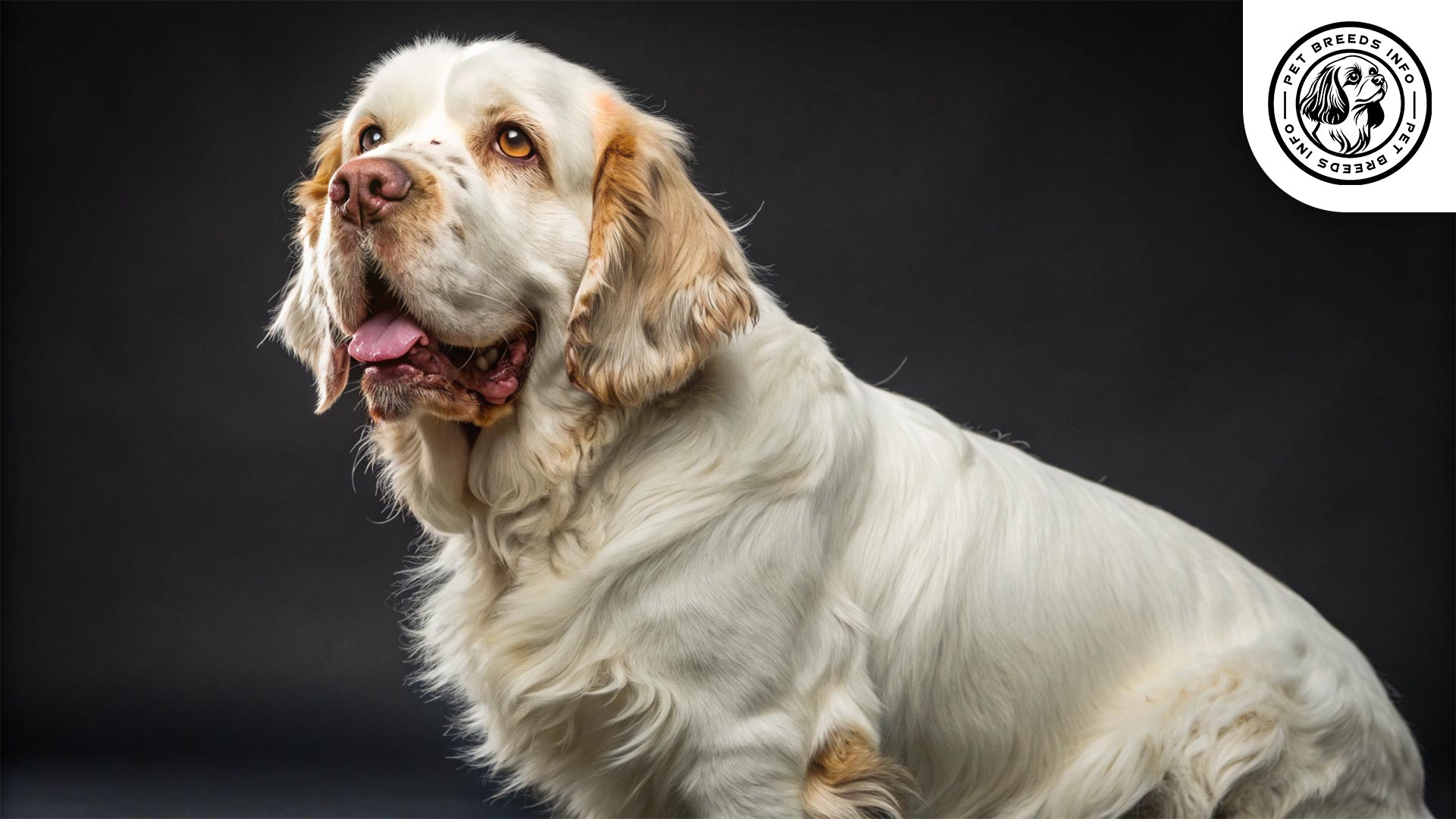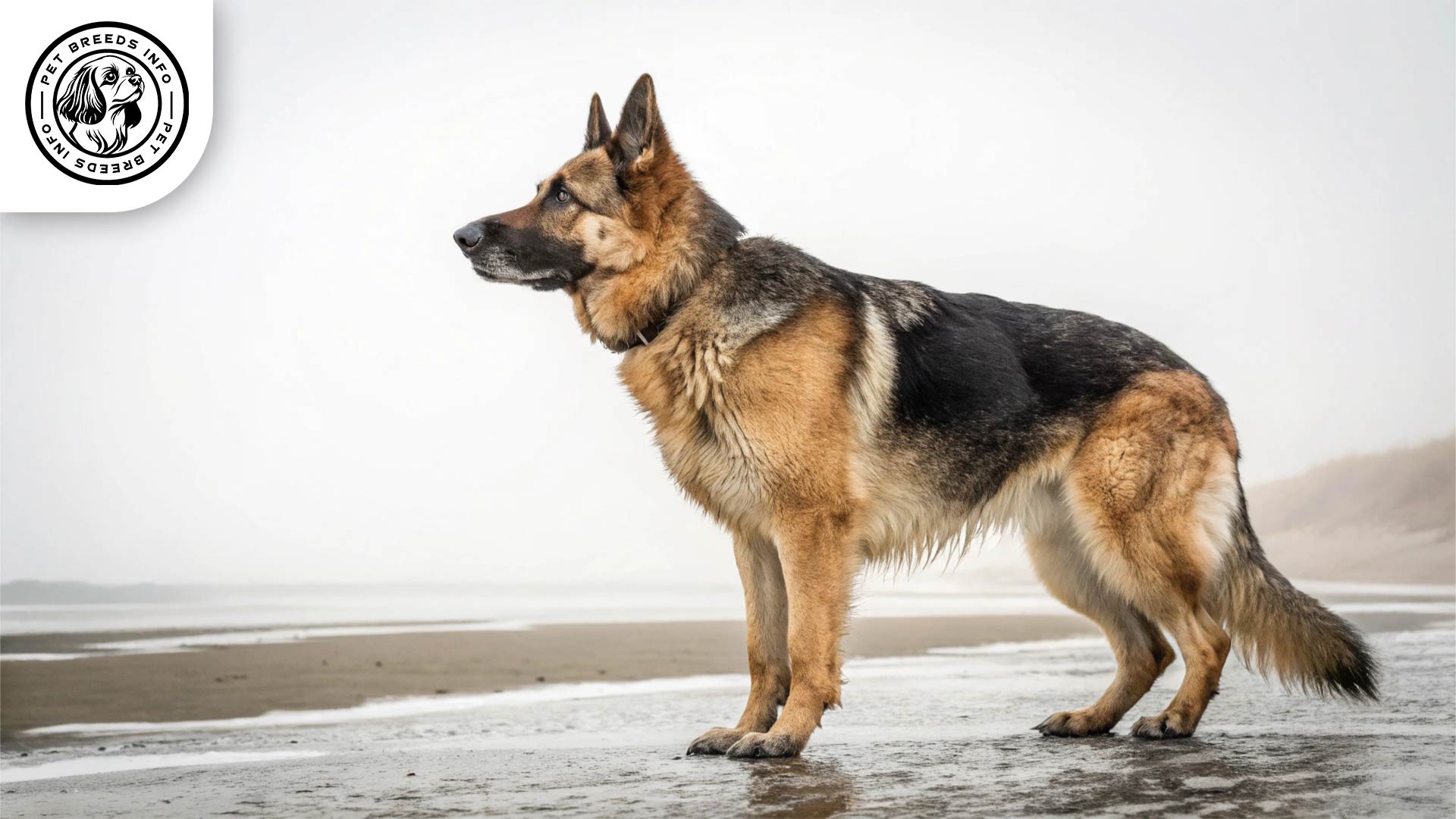Irish Setter Dog Breed : Size, Health, Price & Personality
General Introduction of the Breed
The Irish Setter, also known as the “Red Setter” in some regions, originates from Ireland. This breed was developed in the 18th century by crossing English Setters, Spaniels, and other Pointer breeds to create an ideal hunting and retrieving dog. Irish Setters were highly prized for their speed, intelligence, and keen sense of smell.
Table of Contents
| Weight | Males: 65-75 lbs (29-34 kg), Females: 55-65 lbs (25-29 kg) |
| Lifespan | 12-15 years |
| Diet | High-quality dry, wet, or raw food; protein-rich meals |
| Care | Needs daily exercise, frequent brushing, and social interaction |
| Health | Hip dysplasia, bloat, epilepsy, progressive retinal atrophy |
| Color | Deep red or mahogany coat |
| Nature | Friendly, affectionate, intelligent, energetic |
| Price | $800 – $2,500 depending on breeder and location |
Physical Characteristics
Irish Setters are medium to large-sized dogs. Males typically stand between 24 to 27 inches (61 to 69 cm) at the shoulder and weigh around 65 to 75 pounds (29 to 34 kg). Females are slightly smaller, ranging from 22 to 26 inches (56 to 66 cm) in height and 55 to 65 pounds (25 to 29 kg) in weight.
The breed is well-known for its stunning, silky coat, which is typically deep red or mahogany. Their eyes are almond-shaped, expressive, and dark brown in color. The ears are long, set low, and hang close to the head. The tail is medium-length, feathered, and carried straight or slightly curved.
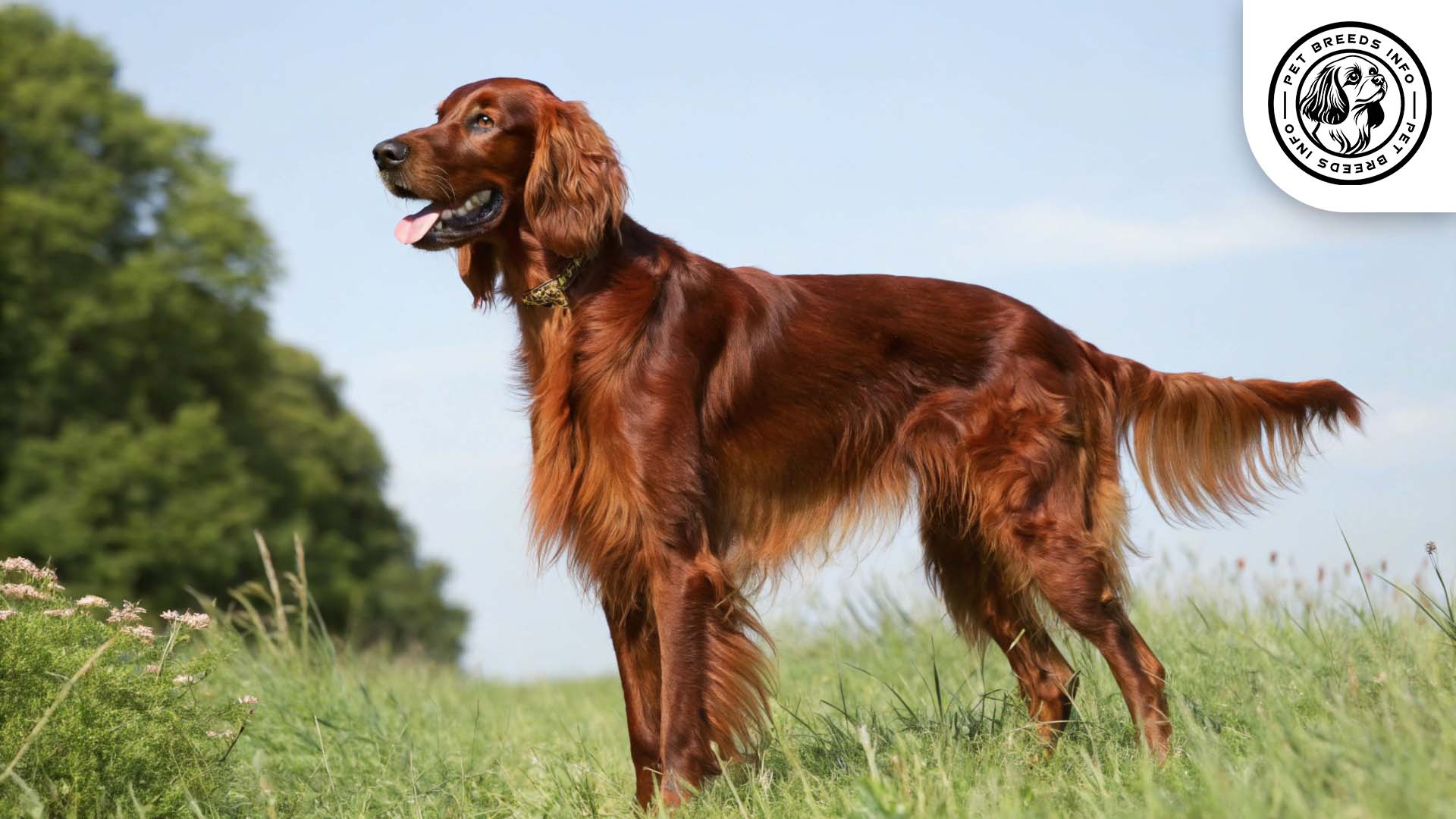
Personality and Temperament
Irish Setters are highly intelligent and eager to learn. They possess high energy levels and require plenty of physical and mental stimulation. They form strong bonds with their owners and thrive on companionship. Their friendly and affectionate nature makes them excellent family pets.
This breed gets along well with children and other pets due to its sociable and playful temperament. Being a sporting breed, Irish Setters have strong hunting instincts, making outdoor activities an essential part of their daily routine. They are also quite sensitive to changes in their environment and require consistent training.
Read More: Great Pyrenees Dog
Care and Maintenance Requirements
Irish Setters require a significant amount of exercise, including long walks, runs, and playtime. They are best suited for homes with a large yard but can adapt to apartment living if given ample exercise.
Their long, silky coat needs regular brushing, at least two to three times a week, to avoid tangles and mats. They are moderate shedders. Bathing should be done as needed, and their ears require regular checks to prevent infections.
They are sensitive to extreme heat and cold, so owners should ensure they have proper shelter and hydration. Regular nail trimming, dental care, and ear cleaning are essential for their hygiene.
Diet and Nutrition
A balanced diet consisting of high-quality dry, wet, or raw food is ideal for Irish Setters. They need protein-rich meals to support their high energy levels. Owners should avoid overfeeding to prevent obesity.
Certain foods such as chocolate, grapes, onions, and excess fatty foods should be avoided. Typically, two meals per day with portion sizes tailored to their age, weight, and activity level are recommended.

Health and Common Medical Issues
Irish Setters are generally a healthy breed but are prone to some genetic health conditions, including hip dysplasia, bloat (gastric torsion), epilepsy, and progressive retinal atrophy.
Their average lifespan is between 12 to 15 years. Regular veterinary check-ups, vaccinations, and parasite control are essential for their well-being.
Training and Behavior Management
Irish Setters are intelligent but can be independent and stubborn at times. Early training and socialization are crucial for shaping good behavior. Positive reinforcement methods, such as treats and praise, work best for this breed.
Consistency is key when training them, and they respond well to fun, engaging activities. Obedience training, recall training, and socialization with other animals should start from puppyhood.
Read More: Great Dane Dog
Interaction with Other Animals and Humans
Irish Setters are great with children, displaying patience and gentleness. They also get along well with other pets, particularly if socialized from a young age. Their sociable and affectionate nature makes them excellent family companions.
They tend to be highly attached to their owners and do not like being left alone for long periods, which can lead to separation anxiety. They are better suited for active families rather than individuals who are away often.
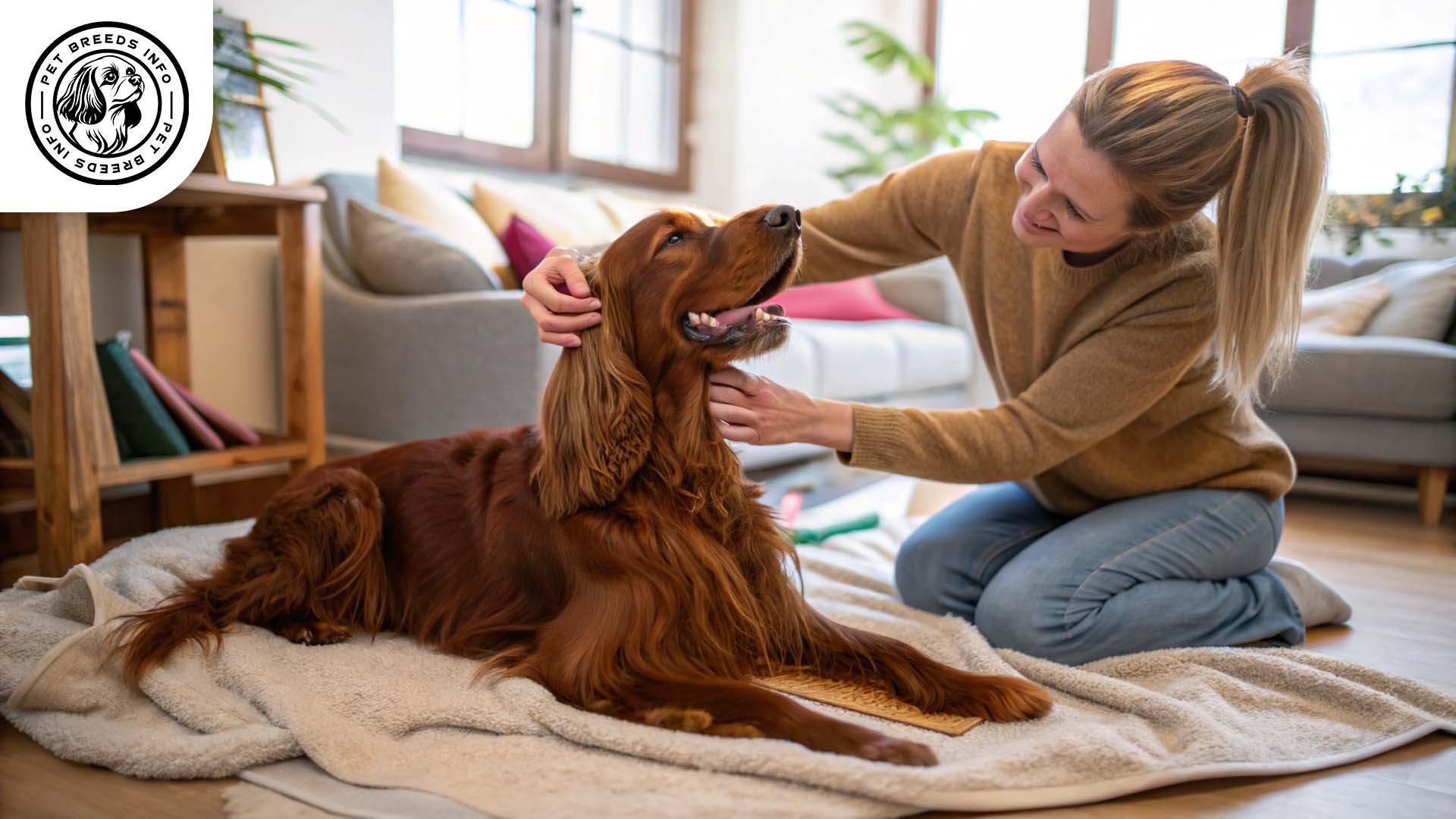
Price and Availability
The price of an Irish Setter puppy can range from $800 to $2,500, depending on the breeder, bloodline, and location. Prospective owners should look for reputable breeders who perform genetic health screenings on their dogs.
Adoption from shelters or rescue organizations is also a great option for those looking to provide a home to a Setter in need. Always ensure responsible breeding and adoption practices.
Read More: Greyhound Dog
Conclusion and Final Thoughts
The Irish Setter is a loving, active, and playful breed, making it ideal for families with an active lifestyle. They require ample space and exercise to stay happy and healthy.
Before adopting an Irish Setter, potential owners should consider their high energy levels, grooming needs, and strong attachment to their families. With proper care and training, they can be loyal and affectionate lifelong companions.
FAQ
Are Irish Setters good for families?
Yes, they are friendly, playful, and great with children and other pets.
How much exercise does an Irish Setter need?
They require at least an hour of vigorous exercise daily, including runs and playtime.
Do Irish Setters need a lot of grooming?
Yes, their long, silky coat requires brushing 2-3 times a week to prevent tangles and mats.
What are common health concerns in Irish Setters?
They may suffer from hip dysplasia, bloat, epilepsy, and progressive retinal atrophy.
Are Irish Setters easy to train?
They are intelligent but can be independent, so consistent, positive reinforcement training is essential.
